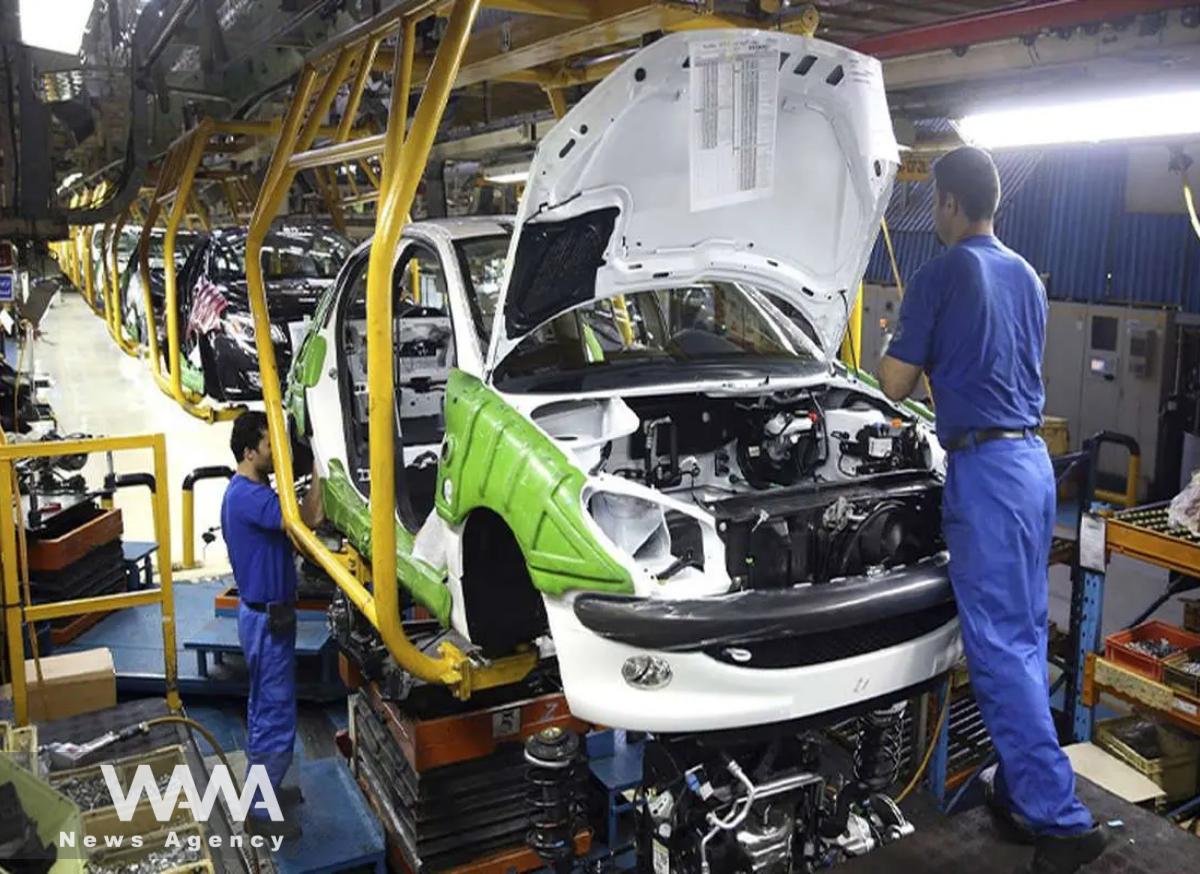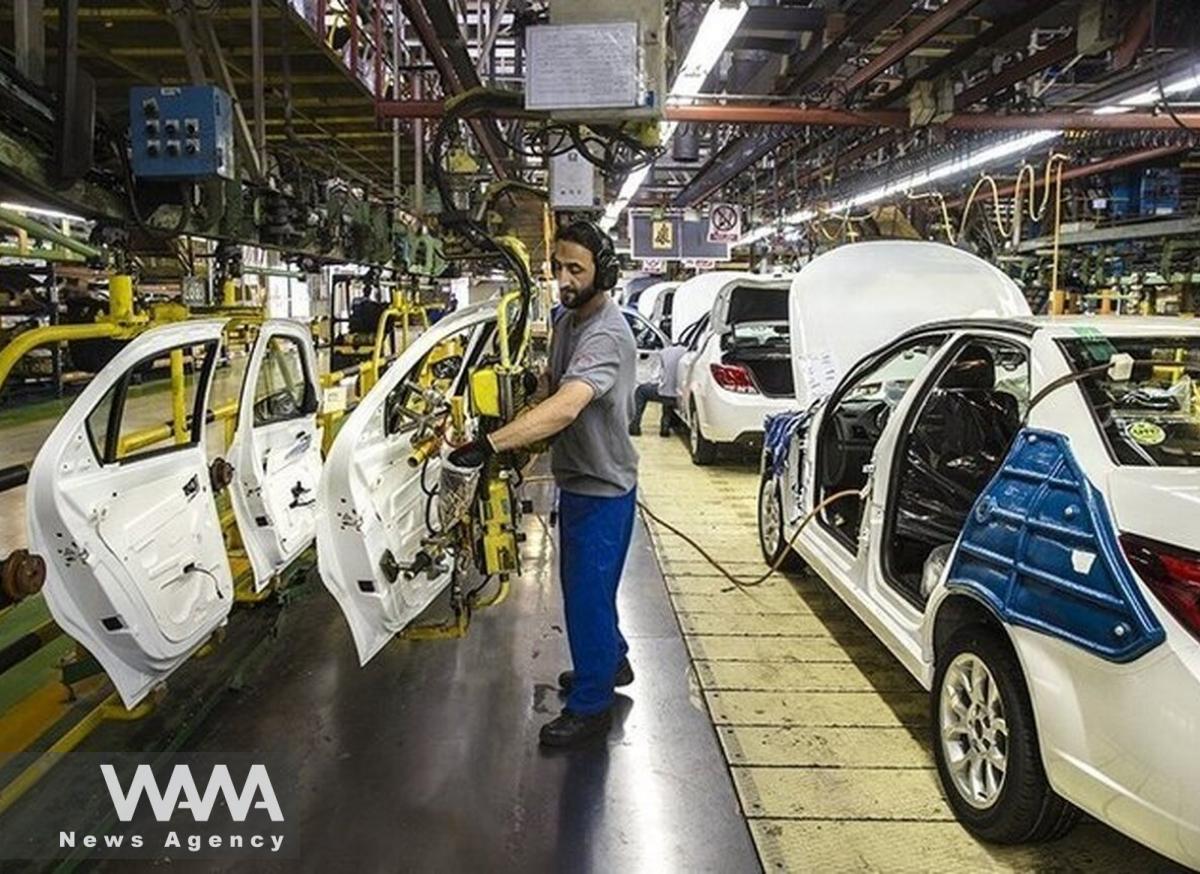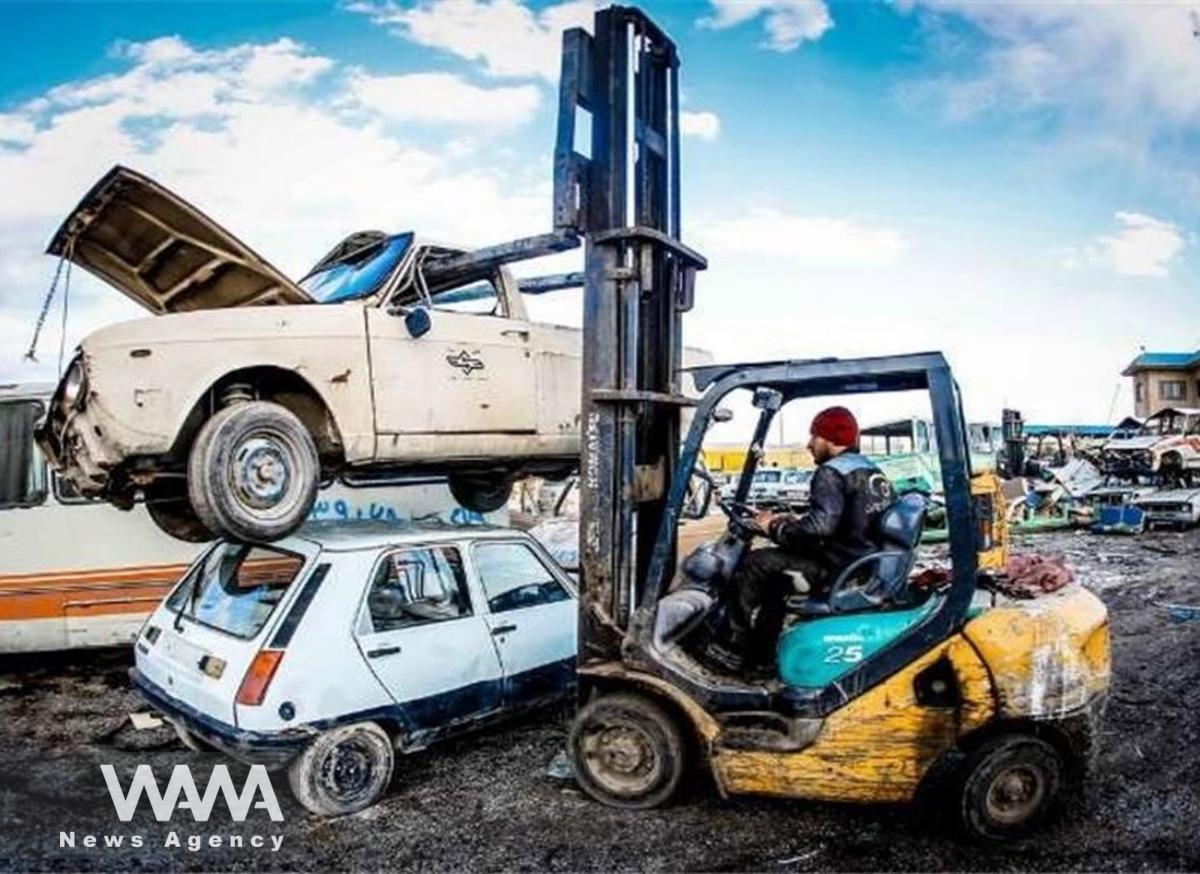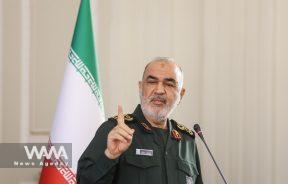Iran’s Automotive Industry Challenges
WANA (Sep 05) – Iran, with a population of approximately 89 million, has faced significant challenges regarding its vehicle fleet.
According to the latest statistics from Iran’s Ministry of Industry, Mining, and Trade (Ministry of Industry) up to 2023, there are 22,108,000 vehicles and motorcycles currently in operation.
Of these, 13,051,000 are classified as obsolete, representing 59% of the total vehicles in the country. This large proportion of outdated vehicles necessitates their replacement with newer models.
Mehran Salariyeh, Head of the Fleet Renewal Headquarters of Iran, has reported that this year, 60,000 obsolete vehicles have been removed from traffic. Last year, over 72,000 vehicles were scrapped.
In the relatively short period since the establishment of the Fleet Renewal Headquarters, approximately 130,000 old vehicles have been decommissioned.
The goal is to surpass the record set in 2014, where 330,000 vehicles were scrapped, and aim to reach 500,000 vehicles this year.
The International Organization of Motor Vehicle Manufacturers (OICA) reported that Iran produced 1,188,471 vehicles in 2023.
This represents a 12% increase from the 1,064,215 vehicles produced the previous year. This growth in production reflects Iran’s efforts to modernize its vehicle fleet and address the issues related to aging vehicles.

Production Line of an Iranian Automobile Manufacturer, Social media/ WANA News Agency
Iran’s automotive industry is home to numerous companies that are making significant strides towards growth and self-sufficiency.
In challenging times, such as during sanctions and restrictions, these companies play a crucial role in achieving independence from foreign automotive markets. Effective management amidst these difficulties can foster national growth and resilience.
Among these companies, Iran Khodro and Saipa are the most prominent, dominating the domestic vehicle production market. Both companies annually compete with each other and other competitors by offering various sales schemes to the public.
Iran Khodro, a leading player in the Iranian automotive sector, has recently announced a new pre-sale scheme. After a year and a half, the company decided to initiate this scheme with specific conditions, including a requirement for customer accounts to be held in trust and a block on an amount of $4410 in the accounts of applicants for the regular purchase plan.
According to the statistics provided, a total of 3,053,129 applicants have registered for the announced plans. The blocked funds in the Iranian banking network amount to over $13,422,819, which is approximately one-fifth of the value of Germany’s Mercedes-Benz automotive company. Experts suggest that this significant amount has brought substantial and hassle-free profits to the Iranian banking sector.
For the year 2023, Iran’s Ministry of Industry, Mining, and Trade had instructed automotive manufacturers to produce at least 1.6 million vehicles. However, cumulative statistics by the end of 2023 indicated that the total number of vehicles produced in the country did not even reach 1.4 million.
This shortfall in meeting the production target is attributed to several factors, including insufficient raw materials, the non-release of purchased raw materials from Iranian customs, and delays in delivering raw materials to manufacturers, among others.
According to the mentioned statistics, it is evident that the demand for vehicles far exceeds the production capacities and the targets set for the companies. The pressing question now is how to address this significant gap between demand and supply.
An additional challenge in Iran’s automotive market, beyond the high demand relative to supply, is the soaring prices of vehicles. This situation has prompted policymakers to seek solutions for controlling these prices.
One might question how, despite exorbitant prices and growing criticism from consumers about the diminishing quality of vehicles, demand remains high.
The answer lies in the impact of sanctions, inflation, and the instability of the financial and economic market. Vehicles have become an asset that preserves individuals’ wealth.
Interestingly, consumers continue to purchase vehicles despite ongoing criticism about the gradual decline in quality. This trend reflects a broader desire to safeguard their investments, contributing to a phenomenon of artificial demand in the market.
In Iran, the minimum monthly wage for a worker with two children in 2024, as determined by the Ministry of Labor, is approximately $223.
For those fortunate enough to participate in automotive pre-sales, the cost of the cheapest vehicle model is around $9,204, according to the prices listed on car manufacturers’ sales websites.

Production Line of an Iranian Automobile Manufacturer, Social media/ WANA News Agency
This price is even higher in the open market, where intermediaries are active. Essentially, a worker would need to spend more than two years’ worth of salary, excluding daily expenses, to afford a vehicle.
The price suppression policy enforced by policymakers since the onset of secondary sanctions has created a significant disparity between factory prices and market prices for vehicles.
This situation has presented a lucrative opportunity for intermediaries, who profit greatly by buying and selling vehicles and exploiting the price differences between factory and market rates.
According to experts, to reduce the influence of intermediaries in the market, both genuine and false demand must be addressed. As long as the growth in vehicle prices exceeds general inflation, supply will continue to fall short of market needs.
Recently, the Iranian government has adopted a policy to control this situation by allowing the import of used and electric vehicles.
Ali Bahadori Jahromi, the former government spokesman, announced the approval of a regulation for importing vehicles from 2019 and newer models, provided they meet current European standards, under certain conditions for all Iranians.
Previously, Iran had allowed the import of vehicles during earlier periods, but due to limited foreign exchange resources, vehicle imports were restricted again.
Experts believe this restriction led to both automotive companies, burdened by significant internal debts, and intermediaries setting prices in the vehicle sales market with government oversight, contributing to the higher cost of vehicles in Iran.
In an effort to reduce vehicle prices and control market fluctuations, the Iranian government has implemented several measures.
These include setting price caps for certain domestic vehicles, increasing import tariffs, supporting domestic manufacturers, providing low-interest loans and financial incentives to automakers, and restricting the import of luxury vehicles.

Old Vehicles Awaiting Scrappage, Social media/ WANA News Agency
To boost supply, the government has encouraged producers to increase output and reduced state intervention in the management of automotive companies through privatization.
These measures are aimed at maintaining market balance and supporting consumers. However, despite these efforts, there has been little noticeable improvement in the purchasing conditions and satisfaction of genuine buyers.
The impact of these policies under the new administration will be crucial in determining the future of the industry and its challenges.
The automotive industry in Iran is the country’s third most active sector after oil and gas, accounting for 10% of GDP and 4% of the workforce. There is hope that the implemented policies will lead to improvements in this vital industry.












